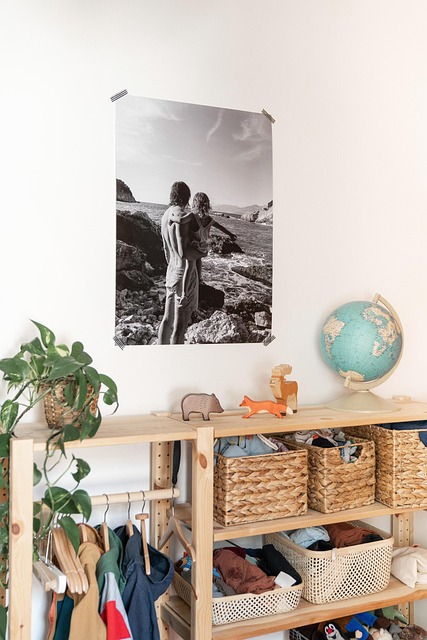Upcycling and DIY projects to refresh interiors on a budget
Practical upcycling and DIY projects can transform interiors and adjacent outdoor areas without major expense. This short overview highlights ways to reuse furniture, optimize storage, introduce indoor plants thoughtfully, and make small landscaping and energy efficiency choices that stretch your budget and reduce waste.

Refreshing an interior on a budget often begins with rethinking what you already own. Small interventions—reupholstering a chair, rearranging furniture, or improving storage—can change how a space feels and functions. Pairing interior updates with modest outdoor work around a decking or patio area, and choosing sustainable, low-water plantings, helps create a coherent, low-cost plan. Prioritize projects that deliver visible change for limited expense and that align with longer-term goals like energy efficiency and reduced maintenance.
Interiors: easy visual updates
Color, light, and layout are the fastest ways to alter interiors. Paint trims or a single accent wall to create contrast, swap out cushions and rugs to refresh color, and rearrange furniture to improve flow and perceived space. Upgrading bulbs to LED and adding task lighting can improve both comfort and energy efficiency. Small weatherstripping or draft-proofing measures at windows and doors cut heat loss and make rooms feel more comfortable without significant investment. Plan a consistent palette and scale to avoid mismatched results.
DIY and upcycling ideas for furniture
Upcycling furniture reduces waste and can produce uniquely personal pieces. Sand and refinish a tabletop, replace knobs and hardware on dressers, or recover a cushion with new fabric. Converting an old dresser into a bathroom vanity or turning crates into shelving demonstrates how minor modifications create useful changes. Use water-based paint and low-VOC sealers when possible for a more sustainable finish. Many projects require basic tools most households already own; start with simple plans and test finishes on hidden surfaces before committing.
Storage and organization approaches
Effective storage transforms cluttered spaces into calm, efficient rooms. Use vertical shelving, labeled baskets, and modular systems to maximize small spaces. Repurpose wooden pallets or salvaged wood for open shelving near a patio door, or build under-bed drawers for out-of-season items. Multiuse furniture—such as benches with internal storage or foldaway desks—adds functionality without enlarging the footprint. Good organization complements upcycled décor by showing pieces intentionally and keeping surfaces clear for a refreshed look.
Indoor plants and practical plant care
Adding indoor plants brings life and texture to interiors while supporting indoor air quality when selected appropriately. Match species to light levels—low-light tolerant plants for dim rooms and sun-loving varieties for brighter spaces. Consistent plant care includes regular watering schedules, occasional fertilizing, and repotting when roots become crowded. Group plants with similar needs to simplify maintenance, and reuse containers or upcycle jars and tins as pots to reinforce sustainability. Clean leaves periodically and monitor for pests to keep plants thriving.
Landscaping with native and drought-tolerant plants
Extend a refreshed interior to nearby outdoor spaces by choosing native plants and drought-tolerant selections that reduce irrigation and maintenance. Mulch beds to conserve moisture and consider drip irrigation or soaker hoses to deliver water efficiently to plant roots. Container gardens on a patio or near decking can provide herbs and seasonal color with minimal space and watering needs. Plan for seasonal interest and avoid invasive species by checking local guidance and selecting plants suited to local soil and climate conditions.
Decking, patio upgrades and energy efficiency
Small upgrades to decking and patio areas can have outsized impact on comfort and usability. Resealing wooden decking, painting concrete, or using interlocking pavers over compacted sand are affordable surface improvements. Add shade elements such as fabric sails or a pergola to reduce solar gain into nearby rooms, contributing to indoor energy efficiency by lowering cooling demand. Replace outdoor lighting with solar fixtures or LEDs to extend usable hours without increasing electricity costs. Choose durable materials that require minimal upkeep for longer-term savings.
Refreshing interiors on a budget is about strategic choices: reuse and upcycle what you have, organize to reduce clutter, choose plants that match your environment, and make small outdoor adjustments that reinforce indoor improvements. By combining simple DIY projects with mindful selections for energy efficiency and sustainability, you can create cohesive, comfortable living spaces without large expenditures.





